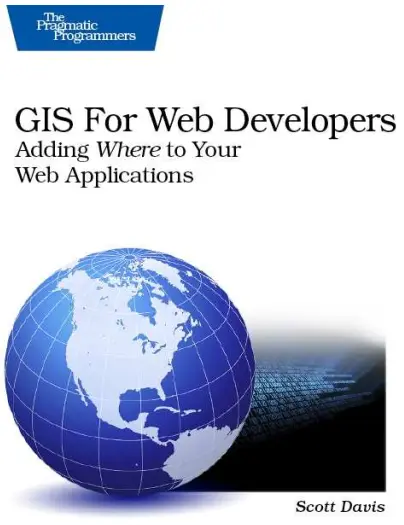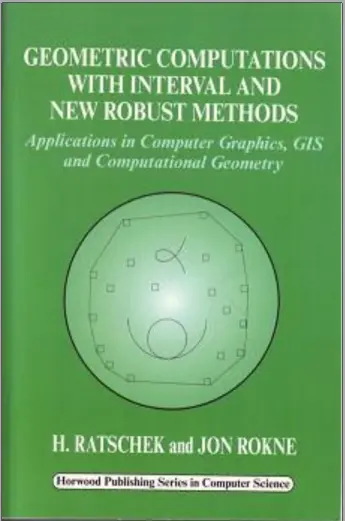Practical GIS Analysis
🗺️ Practical GIS Analysis – Solving Real-World Problems with Spatial Intelligence
“Practical GIS Analysis” is a hands-on guide for professionals, students, and analysts who want to move beyond basic mapping and dive into the core of spatial problem-solving. This book focuses on how GIS is applied in real projects, from urban planning and environmental risk to market analysis and infrastructure development.
It teaches core analytical techniques such as buffer analysis, overlay operations, suitability modeling, spatial joins, proximity analysis, network analysis, and raster calculations. Each concept is tied to real-world use cases with clear workflows and practical datasets.
This book is ideal for:
- 🧑💻 GIS professionals working in planning, engineering, or environmental sectors
- 🎓 Students learning how to apply GIS beyond classroom exercises
- 📈 Analysts and researchers using location data for decision-making
- 🌍 Field-based teams looking to support operations with spatial insight
Whether you're planning a highway, assessing flood zones, or identifying business hotspots, this book empowers you to turn maps into models — and questions into answers.
Keywords: Practical GIS, Spatial Problem Solving, GIS Buffer Analysis, Suitability Mapping, Raster Calculations, Overlay Analysis, GIS Techniques, Applied Spatial Analysis







comments
Leave a Reply
Your email address will not be published. Required fields are marked *